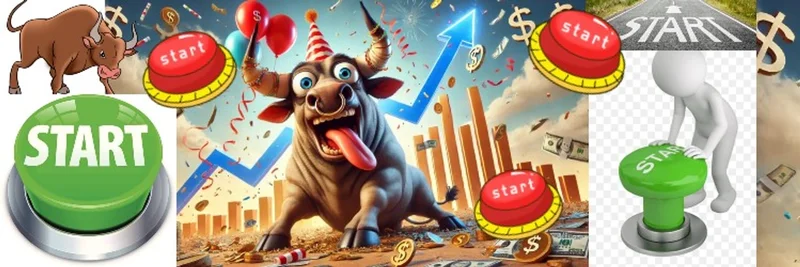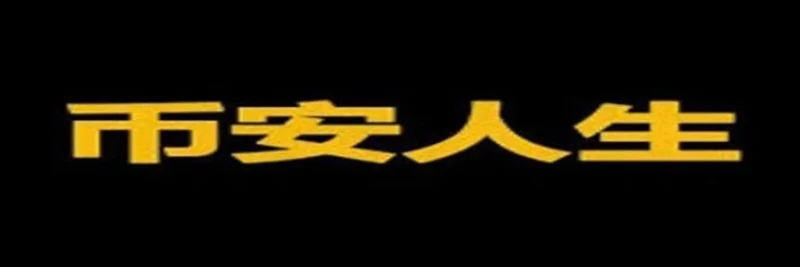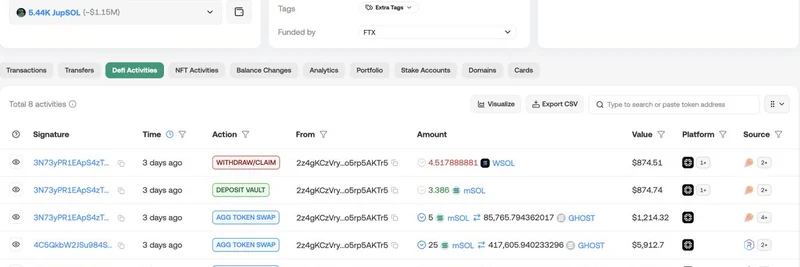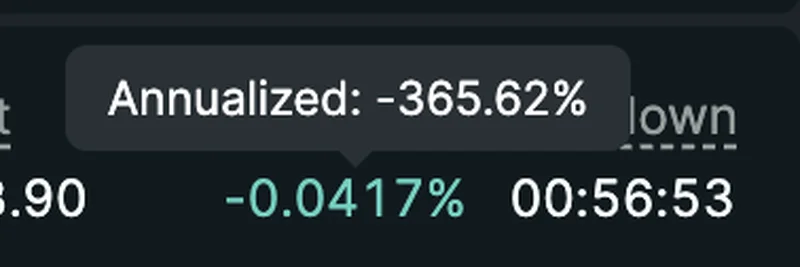Looking into the world of Solana meme tokens, the START token (address: DxfeBp2J1Xfx6p3XR3L86nTsWUSnxvD58jRxw7RQpump) has drawn some curiosity—mainly for how it highlights both the power and the challenges of launching on Solana.
Solana is famous for high transaction speeds and ultra-low fees, making it a breeding ground for new tokens, including memes and experimental coins. The START token is a textbook example of an SPL token, created according to the Solana Program Library Token standard. SPL tokens are the Solana equivalent of ERC-20 tokens on Ethereum, letting anyone create digital assets—either fungible tokens (interchangeable like cryptocurrencies) or non-fungible ones (unique, like NFTs).
What Makes SPL Tokens on Solana Unique?
- Decentralized: Tokens run on a decentralized network, sidestepping central authorities.
- Scalable & Affordable: With transaction costs far lower than Ethereum’s, Solana makes deploying and transferring tokens a breeze, even in high volumes.
- Separate Accounts: Each token (including START) requires a separate token account, which is different from other blockchains where one address might hold multiple assets.
Why Was the START Token Created?
That’s the million-dollar question! Public sources, including Solscan and Solana Explorer, confirm START’s existence, but there’s little in the way of whitepapers, websites, or project announcements. This “stealth mode” is pretty common for meme or community tokens launched via platforms like Pump.fun, which let users spin up coins with a few clicks—often just for the fun of it.
The address ending in “pump” hints at a possible link to Pump.fun, but there’s no definitive proof.
Potential use cases for tokens like START typically fall into these categories:
- Utility Token: For access to dApp features or rewards.
- Governance Token: For voting on project proposals.
- Meme/Community Token: For viral, social-media-driven projects.
- Asset Representation: To represent other assets within the Solana network.
On-Chain Transparency—But What’s Under the Hood?
On-chain explorers are your best friend here. Using Solscan, you can check:
- Total Supply: How many tokens have been minted.
- Distribution: Which wallets hold the biggest chunks.
- Transaction History: Who’s trading, transferring, or holding.
- Liquidity Pools: If the token is tradable, you’ll find it paired (maybe with SOL or USDC) on DEXs like Raydium.
As of July 2025, a post on X suggests that 54.41% of START supply sits in just 12 wallets, and three clusters control over 56% of the total. This centralization can mean early-stage distribution, potential insider control, or simple lack of broad adoption. Either way, it’s a key risk: high concentration makes tokens vulnerable to price swings, “rug pulls,” or manipulation.
Technical Breakdown
The START token follows the SPL Token Program, meaning:
- Its Mint Account stores info like total supply, decimals, and who can mint new tokens.
- Associated Token Accounts (ATAs) are automatically created for each user who holds START, tracked by their wallet address.
- Common operations include minting, transferring, burning (removing tokens permanently), and approving others to manage tokens on your behalf.
You won’t find data about total supply, decimals, or mint authority unless you dig directly with tools like the spl-token CLI or Solana’s JSON RPC API.
Is START Trading Anywhere?
Major aggregators like CoinMarketCap or CoinGecko don’t list START, which signals it’s either extremely new or hasn’t garnered significant traction yet. However, the pair address on Solscan suggests that it has at least some liquidity on decentralized exchanges, such as Raydium or Orca.
How Are These Tokens Created?
Here’s a quick walkthrough:
- Set up environment: Install Rust and Solana CLI.
- Create wallet: Fund with SOL to pay fees.
- Create Mint Account: Run
spl-token create-token. - Create Associated Token Account: Run
spl-token create-account. - Mint Tokens: Use
spl-token mint.
Platforms like Pump.fun make this even easier for meme creators—sometimes at the expense of long-term value or community.
Caution: What Are the Risks?
- Centralization: Over half the supply is controlled by 12 wallets, which is a major red flag for new or speculative tokens.
- Transparency: There’s no whitepaper, roadmap, or team info available. Approach with caution!
- Regulatory Uncertainty: Solana itself has faced SEC scrutiny, though this mainly affects larger tokens and projects.
- Network Outages: Solana’s had its fair share of downtime (multiple incidents here), which can affect trading and usability.
Want to Do Your Own Research?
- Check On-Chain Data: Visit Solscan or Solana Explorer for real-time token data.
- Verify Liquidity: Look up the pair address on DEX analytics platforms.
- Join the Conversation: Search X, Discord, and Solana community forums for any discussion around the START token.
- Use CLI Tools: For direct data, try the spl-token CLI.
Final Thoughts
START is a Solana SPL token with a mysterious background, concentrated holdings, and no major market listings (yet). That’s not uncommon in the meme token space, where quick launches and speculation often outpace documentation and utility. If you’re interested in START, take a cautious approach—double-check details, monitor on-chain activity, and never invest more than you can afford to lose.
For practitioners and meme token fans alike, understanding tokens like START is all about using blockchain explorers, following wallet movements, and keeping an eye out for community sentiment. As Solana’s token ecosystem continues to expand, due diligence is your best ally.
Sources and further reading:




